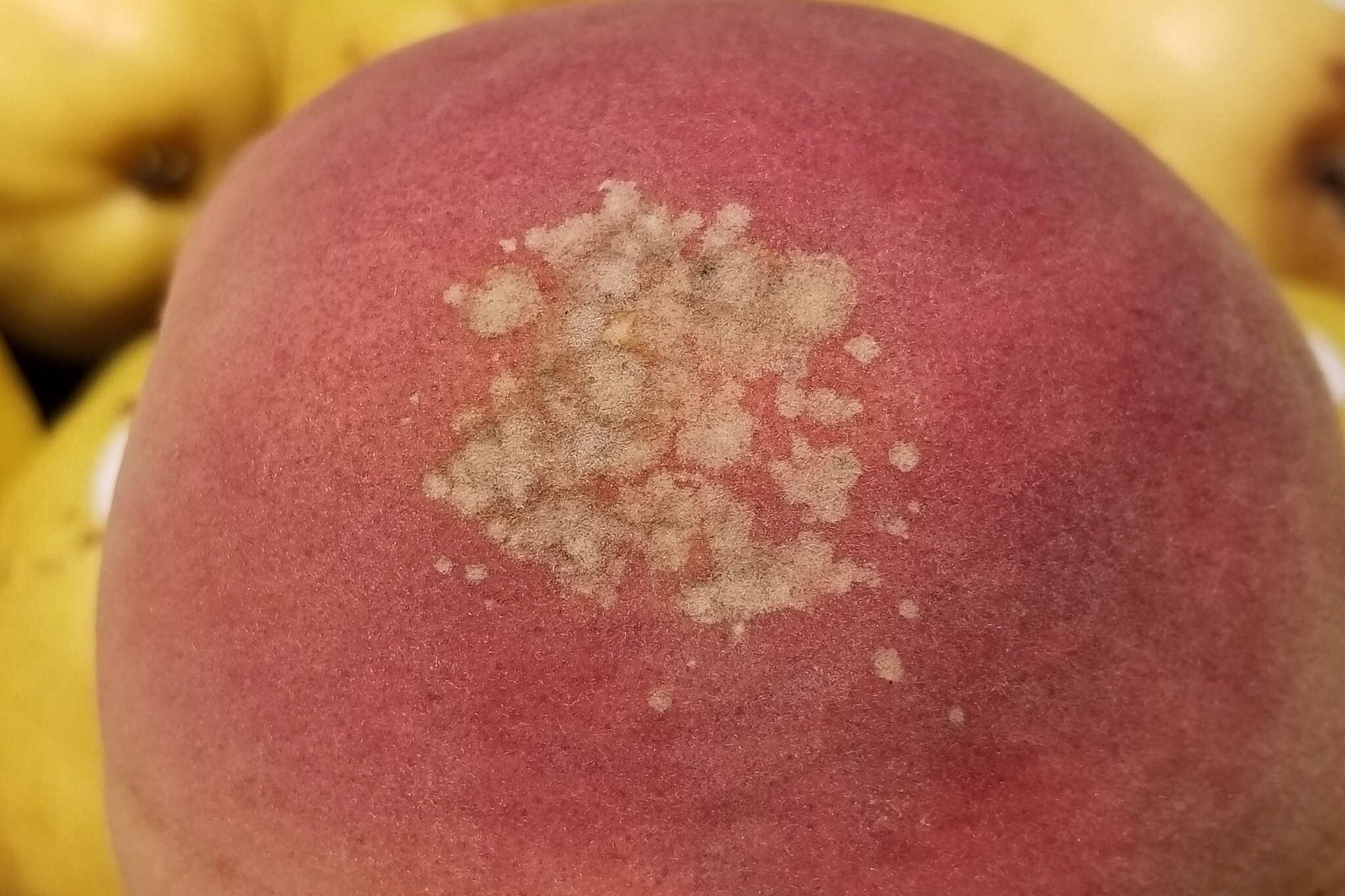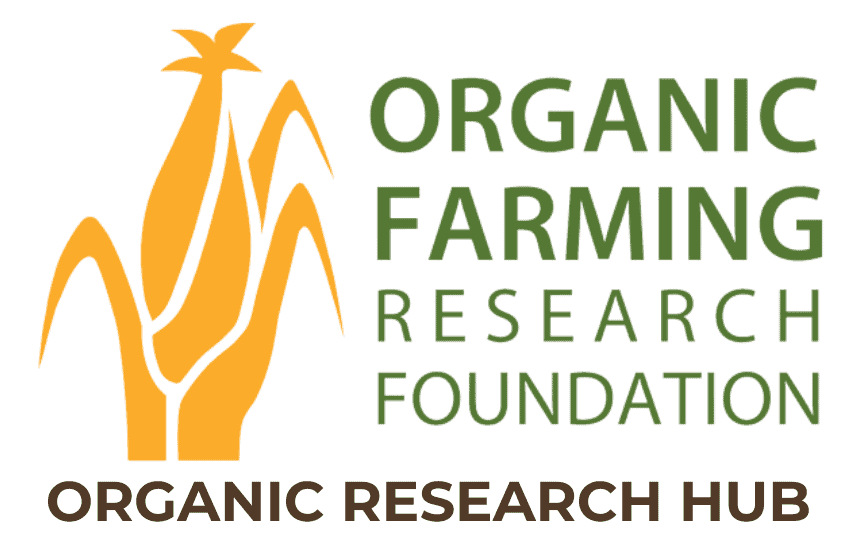Peach Brown Rot Control
Carl Rosato, Woodleaf Farm, California

Brown rot (Monilinia fructicola) poses a significant challenge for both organic and conventional peach growers. Organic fruit growers, in particular, have limited options and access to information when dealing with brown rot in their orchards. When present, brown rot initially attacks the blossoms and later the fruit. The blossoms wither and die, while the fruit develops spots of rot. In severe cases, some peach varieties can experience a complete loss of fruit. More typically, orchards affected by brown rot suffer yield losses ranging from 10 to 30 percent. This research aimed to determine if spray treatments can stop or slow the growth and spread of brown rot.
To date, the two most effective test solutions in controlling brown rot have been pink mucoid yeast and Algrow kelp and basalt rock dust milk. Test sites treated with solutions containing pink mucoid yeast showed a 58 to 94 percent increase in the number of healthy (non-brown rot) peaches. Test sites using the Algrow kelp and basalt rock dust milk solution without yeast showed the lowest incidence of brown rot, indicating the best overall performance in good peach production.
Based on these results, a combination of all three substances – pink mucoid yeast, Algrow kelp, and basalt rock dust milk – may create a solution that surpasses individual treatments in controlling brown rot.
Region
Western
Topic
Disease Management
Category
Tree and Vine Crops
Date Range
2000 and earlier
Funding Amount
$1,800
Funding Year
1992Location
Oroville, California
Collaborators
Cassie Martin, Katia Wilder, Kyra Evans, Amigo Cantisano


